"It is essential to achieve a maximum benefit from vaccines to avoid even mild outbreaks of the disease"
RECOMMENDED

The main components required for succiding in antibiotic-free egg production comprise a vaccination schedule, biosafety, dust control, drinking water sanitary quality, nutrition, the use of antibiotic-free products and fowl management.
Knowing that antibiotics cannot be used to treat bacterial diseases without a great loss in egg production value means that the producer must pay much closer attention to the prevention of bacterial causes of disease than to the available antibiotics.
The first step toward gathering a group of experts to set up a plan for the prevention of diseases.
The first member of the team must be a qualified veterinarian doctor who is aware of the health management procedures for the care for pullets and layers, in order to create an antibiotic free work plan (ABF).
The veterinarian will have to optimize the vaccination schedule, in order to cover those bacterial diseases for the prevention of which vaccines have been designed.
In addition, a thorough viral vaccination program will be of great help for the prevention of bacterial disease, which is often secondary to various viral diseases.
For example, the use of a herpes virus recombinant vectorized vaccine against the infectious bursal disease (rHVT-IBD) has proved to be a real benefit for ABF programs, for maximizing the bursal health.
Fortunately, every major chick supplier use high quality vaccination schedules, which provide chicks with a high level and broad spectrum of maternal antibodies.
There must be continuous work to cause vaccine products to be in proper condition at all times , at the right place and in 100% of the fowls in the flock.
The second member of the ABF team must have expertise in commercial poultry vaccine delivery. He could be a veterinarian or a representative of the vaccine company having expertise in the management and administration of vaccines, in order to optimize the vaccine response.
"It is essential to achieve a maximum benefit from vaccines to avoid even mild outbreaks of the disease"
An example of a relatively thorough pullet vaccination schedule for ABF is as follows (the areas at risk of particular diseases must alter the vaccination approach so that they meet the requirements for each case).
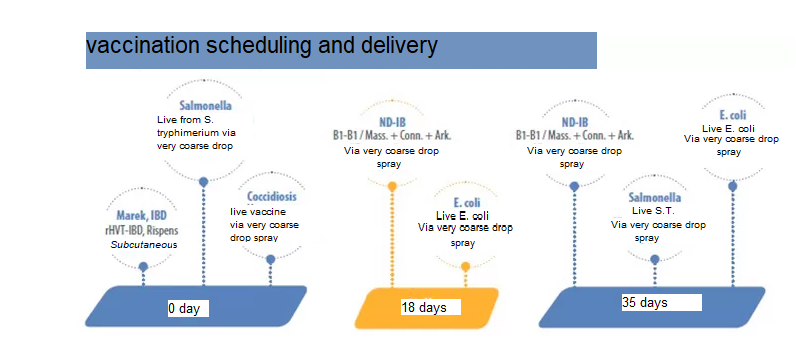
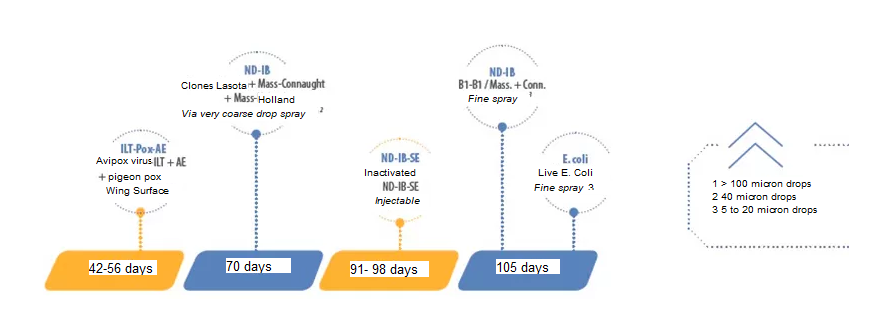
The use of the Danish entry system (see diagram) which includes taking off street clothes, then a hand washing section, and then putting on farm shoes and clothes is recommended for every person entering poultry husbandry areas, including industry workers, vaccination technicians, or those who handle fowls, visitors, contractors, etc.
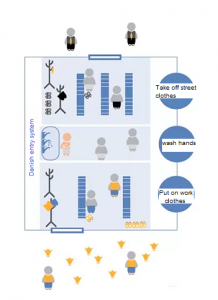
Dust control is an important aspect of disease prevention in birds, either free range or in aviaries. It can be beneficial to mix the litter material with some sort of antibacterial powder before or during an outbreak of a disease.
Research is ongoing on negative ionizing lighting to determine its capacity to limit the development of dust in the air.
Water sanitation is a critical component of the ABF program, given that water that is constantly free of bacteria reduces the possibility of pathogens entering the intestine. In addition, non-pathogenic bacteria can cause a mild intestinal inflammation, thus undermining the immune response.
Continuous disinfecting systems based on chlorine seem to be most effective, including chlorine dioxide systems, which are used in a widely used method.
The third member of an ABF team is a qualified nutritionist who can optimize the mixture of ingredients and use enzymes to prevent or control bacterial diseases.
Certain feed components can lead to bacterial contamination, which is undesirable in ABF programs.
The use of enzymes can help reduce necrotic enteritis (NE) by reducing the amount of undigested nutrients reaching the middle and lower intestinal tract, wherein Clostridium perfringens can excessively multiply and produce toxins that are responsible for NE.
Formulations must be relatively stable, with few component changes, when changing to a different ration in order to stabilize the intestinal microflora.
"The nutritionist must optimize the mixture of ingredients and use enzymes to prevent or control bacterial diseases"
The veterinarian can, with the help of the nutritionist, establish a routine preventive program for the use of effective antibiotic substitutes, such as:
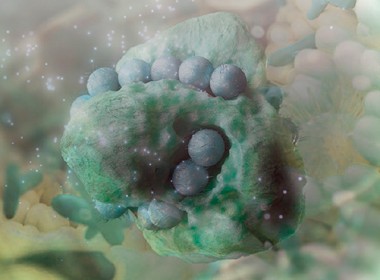
This is also a means to reduce other bacterial diseases, such as colibacillosis, salmonellosis, and so on.
The main idea is to stabilize the microflora, such that it helps defend against pathogens and provide an optimal nutrient absorption.
Some of these preparations can have an impact on the immune system, thus also enhancing the response to viral vaccines.
A sixth component of the ABF production equation, in addition to vaccines, biosafety, drinking water sanitation, and use of non-antibiotic preventive products, is fowl management and housing.
This is a very important factor to help reduce the level of stress in the fowl, which can be immunosuppressive.
It is essential to hire highly competent and well trained managers. Continuous training of these managers is recommended, and in many places, in fact, well received courses are given each year on animal management, avian health, ventilation, etc.
A good way to begin is by performing a thorough review of the management guidelines as published by genetic companies, and using the technical support these companies provide in every country, to receive instructions on the management of each lineage.
Management guidelines are easy to access on the Internet. Genetic company websites often list the names of husbandry companies, as well as contact data on their company's officials, who we can contact for additional help.
Equipment provider agents can also be a good source on information on how to manage these.
"Fowl management and housing are very important factors to help reduce the level of stress in the fowl, which can be immunosuppressive"
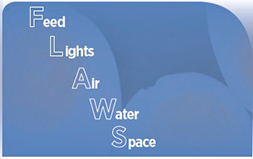
Management practices will often interact with the management of disease. Here are some examples:
The suitable litter moisture levels during the first four weeks will have a great impact on the quality of immunity achieve via coccidia vaccines.
A low litter moisture will create a number of sporulated oocysts that is insufficient to reinfect the fowls.
Too much moisture will result in an overabundance of sporulated oocysts, and an excessive reaction to the vaccine.
An adequate management of heat and ventilation rates will avoid an excess of moisture in the litter, which ca lead to an excess of ammonia in the air. This can diminish the ability of the respiratory system to resist disease.
A high number of flies can lead to salmonellosis, colibacillosis, coccidiosis, or necrotic enteritis.
E. coli contamination of water can cause mortality from colibacillosis.
The failure to provide a solid material, such as thick paper, for the buildup of manure on slats during the rearing of poultry during the first 4 weeks leads to a failure to recycle vaccine oocysts, which results in coccidiosis outbreaks once the fowls are placed on the litter.

It will be necessary to intensify the focus on management in order to succeed in the production of antiobiotic-free eggs.
It is essential to hire qualified veteriarians, nutritionists, vaccine experts and consultants to provide support with respect to vaccination schedules, vaccine delivery, nutrition, dust control, water sanitation, use of antiotic- free feed or water additives, as well as handling of the fowls.
The investment on continued training of the personnel in such matters should be a top priority.

Subscribe now to the poultry technical magazine